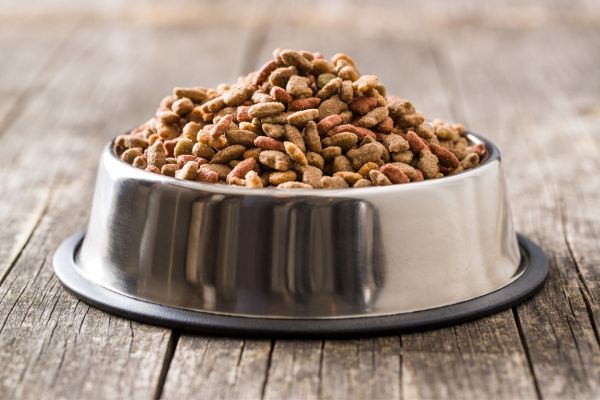It is shocking to see how many chickens are dying in factory farms every day. Here’s a look at the global chicken crisis.
Too complex a problem to understand
At some point, the problem’s size does not make it more powerful. The classic example is climate change. The complexity and size of the warming planet has made it difficult for policy makers and the general public to accept that there is an emergency.
The same thing can be observed with animal welfare, particularly chickens and other factory-farmed animals that are constantly suffering. A single story about a suffering animal seems to be more motivating than stories of mass suffering. It’s understandable. Our brains are wired to prioritize stories over scale.
Must Read: 10 most beautiful birds with long tails
Factory-farmed chickens are suffering immense pain
As animal welfare activists, we are interested in the scale of suffering. It helps us to see where we can make the most of the lives of as many animals as possible. There is no better example than factory farming chickens.
Modern chickens face a problem
We don’t mean the white-feathered, cookie-cutter meat chickens. They squat on legs too weak to support the weight of their massive breasts.
These animals are genetically “tuned” to gain maximum weight. These animals have to pay a heavy price in terms of pain, lameness, skin conditions, leg fractures and breathing problems, as well as heart failure.
These animals are just 40 days old when they are killed and eaten. They are still babies.
To make matters worse, these giants are raised in houses. These animals live in extremely poor conditions at factory farms. These animals are naturally curious and playful, so the barren sheds are full of chickens.
It is difficult to find rest as sheds rarely provide more than four hours of darkness per day. The chickens spend most of their time in harsh artificial lighting and are crowded in with tens to hundreds of thousands of chickens.
Imagine living in an unfurnished, poorly lit, cramped flat, with no entertainment, and being forced to gain weight. It’s not fun, is it? It would be a difficult task to design a house that is not appropriate for a living, breathing, and feeling animal.
These sheds are something we’ve seen in person. Imagine a white carpet that curves and a strong ammonia odor.
Never Miss: 16 transparent animals around the world
The suffering of chickens is unprecedented
You’d be surprised if you could see the entire life cycle of one chicken in a shed. Multiply that suffering by 40 billion. This is the total number of chickens produced in factory farms each year. This number rises to 60 Billion if you include chickens likely to be farmed to higher welfare standards.
There are nine chickens for every human being on this planet. Talk about being outnumbered.
It’s not even evenly distributed with some countries eating more than others. For example, the average American consumer eats 90 lb of chicken each year. This is roughly 15 large chickens.
China is one of the biggest consumers of chicken. The rising incidences of swine influenza are driving demand for chicken meat.
Researchers suggest that the sudden appearance of copious amounts of chicken bones in the fossil record will be one of the most lasting marks of our impact on Earth.
Also Read: baby pigeons
Planet Chicken is your home.
It is possible that the size of the chicken industry might be underestimated. Stanford academics used machine-learning techniques, high-resolution photos and machine-learning techniques to identify factory farms in North Carolina. They then compared the results with the existing inventory. This represents a 15% increase in the number of poultry farms identified by the authors.
Impact is possible
We have a tremendous opportunity to transform billions of animals’ lives by solving this huge problem. There are solutions already in place. Chickens that have been raised in more spacious sheds, with natural light, stimulation features like perches and hay bales, are healthier. These farms are able to keep these curious, active chickens healthy and happy and should be the global standard in chicken production.
Most Popular: fishing hook
It’s time for chickens to make a change
In 2016, we launched the Change for Chickens campaign to encourage some of the largest food companies in the world to adopt better animal welfare policies.
We are making progress through our efforts and those of others. Forward-thinking thinkers from all walks of society have come together to say “enough is enough” and more than 100 companies have committed to improving the lives for chickens.


